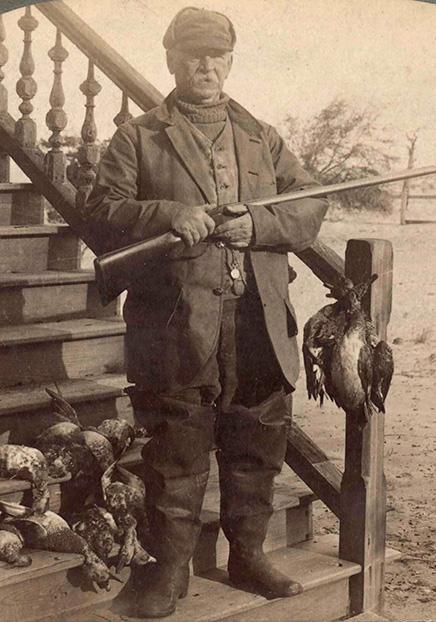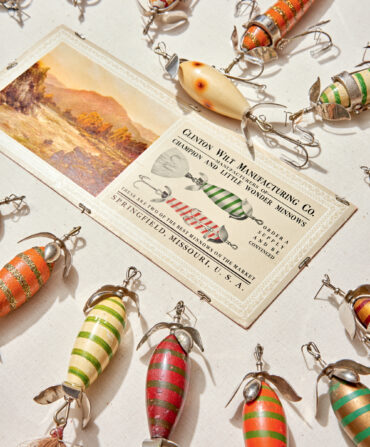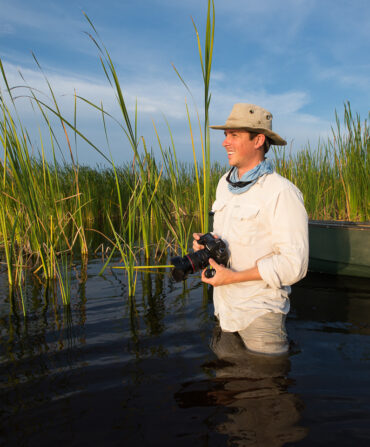At the dawn of the American Revolution, Charleston, South Carolina, was richer than both Philadelphia and New York, thanks in part to a thriving agricultural economy based on rice. It enabled great wealth for a few, and was built upon a lifetime of enslavement for many. And as author and conservationist Virginia Christian Beach elucidates in her new book, the aptly titled Rice & Ducks, its legacy extends well into the present. Even today, one-fourth of the Palmetto State is still wetlands, crucial habitat for an abundance of wildlife, with the faint imprint of 300-year-old plantation canals and sluice gates just underneath.
Filled with some 300 images, including rare archival maps, stunning oil paintings of duck-filled skies, and previously unpublished photographs of hunters and guides in the field, Rice & Ducks is the rare coffee-table book that is as informative as it is good-looking. Not only does Beach trace the rise and fall of the Lowcountry’s signature crop, she also explores the extraordinary conservation ethos that emerged as hunters and other wilderness advocates recognized the need to protect the region’s natural bounty in the face of development and new industries. “The task of preserving the Carolina Lowcountry has never been more complex,” she writes in the last chapter. “Nevertheless, history has demonstrated that its diminution is not inevitable.”
The book is published in collaboration with Ducks Unlimited, with all proceeds going toward waterfowl habitat conservation efforts.









